The key to preventing injury at oche lies in a combination of proper posture, technique, and preparation. This article will delve into these crucial aspects, providing practical advice to minimize your risk of injury while enjoying the game of darts. We’ll cover everything from setting up your oche to maintaining a healthy lifestyle to ensure your long-term enjoyment of this fantastic sport.
⚠️ Still Using Pen & Paper (or a Chalkboard)?! ⚠️
Step into the future! The Dart Counter App handles all the scoring, suggests checkouts, and tracks your stats automatically. It's easier than you think!
Try the Smart Dart Counter App FREE!Ready for an upgrade? Click above!
Before we dive into the specifics of preventing injury at oche, let’s talk about the importance of a proper warm-up. A good warm-up routine is essential for preparing your muscles and joints for the demands of throwing darts. This can significantly reduce the risk of strains and sprains, particularly in your shoulder and elbow. Consider incorporating dynamic stretches, like arm circles and shoulder rolls, into your routine. Don’t skip this critical step; it’s a crucial part of preventing injury at oche and enjoying your game.
Preventing Injury at Oche: Posture and Technique
Maintaining correct posture is paramount for preventing injury at oche. Stand with your feet shoulder-width apart, maintaining a relaxed but upright stance. Avoid hunching or leaning too far forward, as this can strain your back and neck. Your throwing arm should be relaxed, and your movement should originate from your shoulder, not just your wrist or elbow. A smooth, controlled throwing motion is key to minimizing stress on your joints. Remember that consistency in your technique is just as crucial as the technique itself for preventing injury at oche.
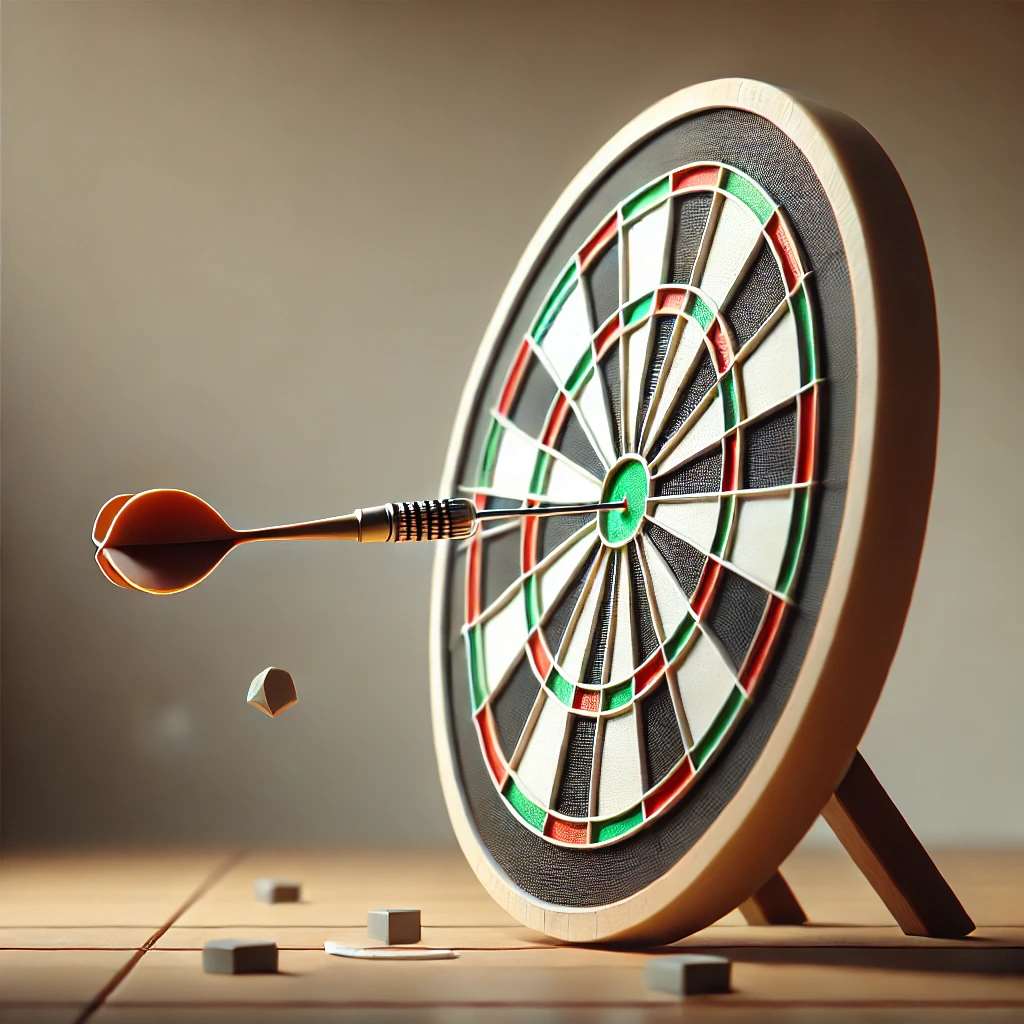
Many dart players struggle with maintaining the perfect throwing posture. They often compensate for poor technique by straining their muscles and joints unnecessarily, leading to injury. Regular practice and attention to your posture during every throw is essential for preventing this. It’s also worthwhile to consider seeking guidance from a professional dart coach who can assess your technique and offer personalized feedback.
Common Mistakes to Avoid
One of the most common mistakes leading to injuries is using excessive force. Throwing with unnecessary power puts undue stress on your shoulder and elbow. Instead, focus on a smooth, controlled throw, aiming for accuracy rather than power. Another prevalent error is gripping the dart too tightly, which can lead to hand fatigue and potential injuries. Aim for a relaxed grip that allows for a natural, fluid release.
Oche Setup and Ergonomics
The setup of your oche can significantly impact your comfort and risk of injury. Ensuring that your oche is at the correct height is essential, allowing you to maintain a natural, comfortable posture without straining your back or neck. This is especially important for preventing injury at oche, particularly for those who play frequently or for extended periods. Consider the ergonomics of your setup; adjusting the height of your dartboard, the angle of your approach, and even the type of surface you stand on can all contribute to a safer and more comfortable throwing experience.
For those setting up their home oche, investing time in understanding Oche ergonomics for home setup can prove invaluable in injury prevention. A well-designed setup minimizes strain and promotes a healthier throwing posture. Remember to regularly check the positioning and height of your dartboard, ensuring it remains properly fixed and leveled to eliminate unnecessary strain.
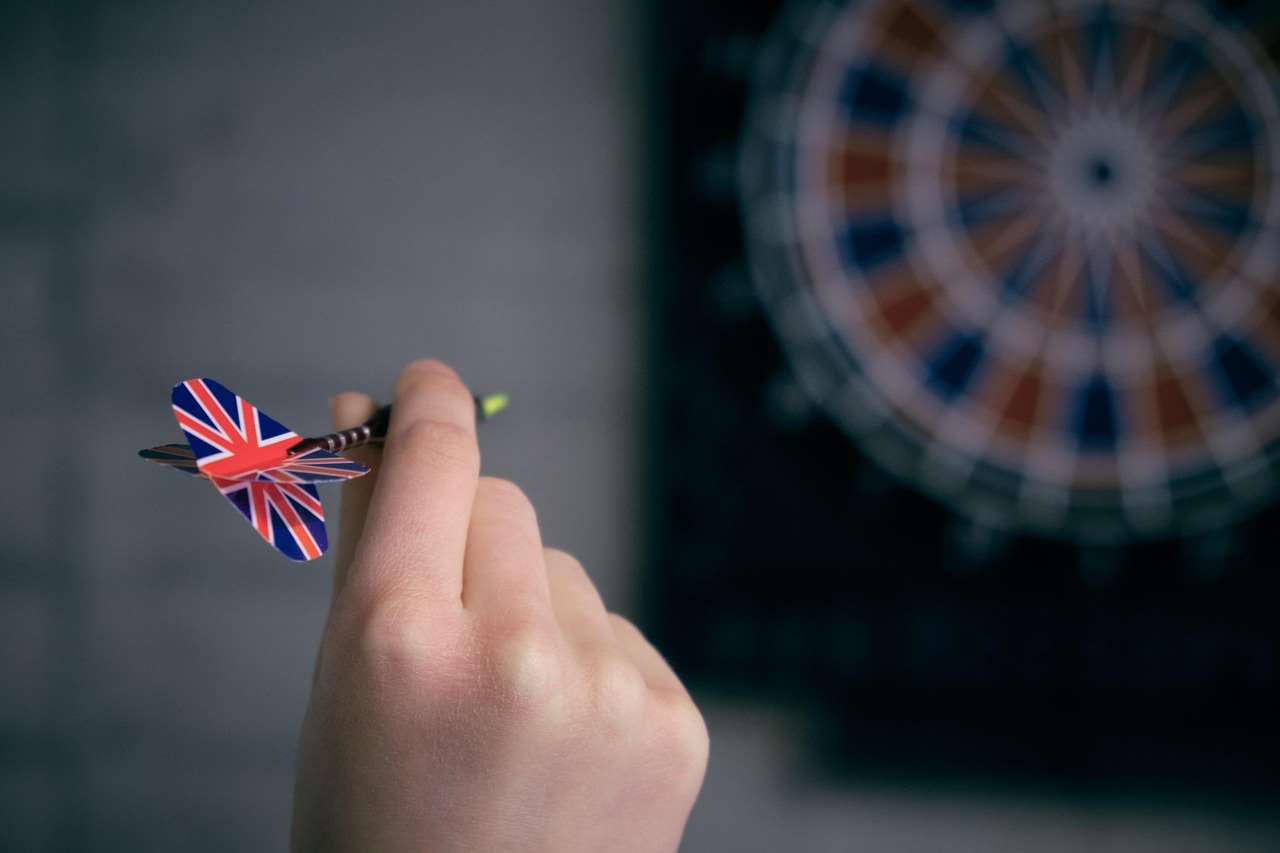
Beyond the physical setup, the surrounding environment plays a vital role. Ensure adequate lighting to prevent eye strain and fatigue. A well-lit space minimizes the risk of accidental injuries caused by poor visibility. Likewise, ensure sufficient space around your oche to avoid collisions or falls, a key element in preventing injury at oche, particularly in busy environments or during competitive play.
Warm-up and Cool-down Routines
A proper warm-up routine is essential to preventing injury at oche, particularly before intense playing sessions or tournaments. Before you start throwing, incorporate light cardio, like jumping jacks or brisk walking, to increase blood flow to your muscles. This is followed by dynamic stretches targeting your shoulders, arms, and back. A thorough warm-up prepares your body for the demands of dart throwing, significantly reducing your risk of muscle strains or injuries.
Equally important is a cool-down routine after playing. Gentle stretching can help to relax your muscles and reduce the risk of stiffness or soreness. Static stretches, held for 15-30 seconds, are ideal for a cool-down. This helps prevent the build-up of lactic acid, reducing post-game discomfort and promoting faster recovery.
For players preparing for tournaments, a well-structured warm-up for tournaments is crucial. It’s not just about physical preparation; it’s about mental preparation as well. Consider incorporating mental techniques and visualization exercises into your routine to enhance your focus and reduce pre-game anxiety. A focused and relaxed mind contributes significantly to better performance and injury prevention. Remember that proper preparation is a major component of preventing injury at oche.
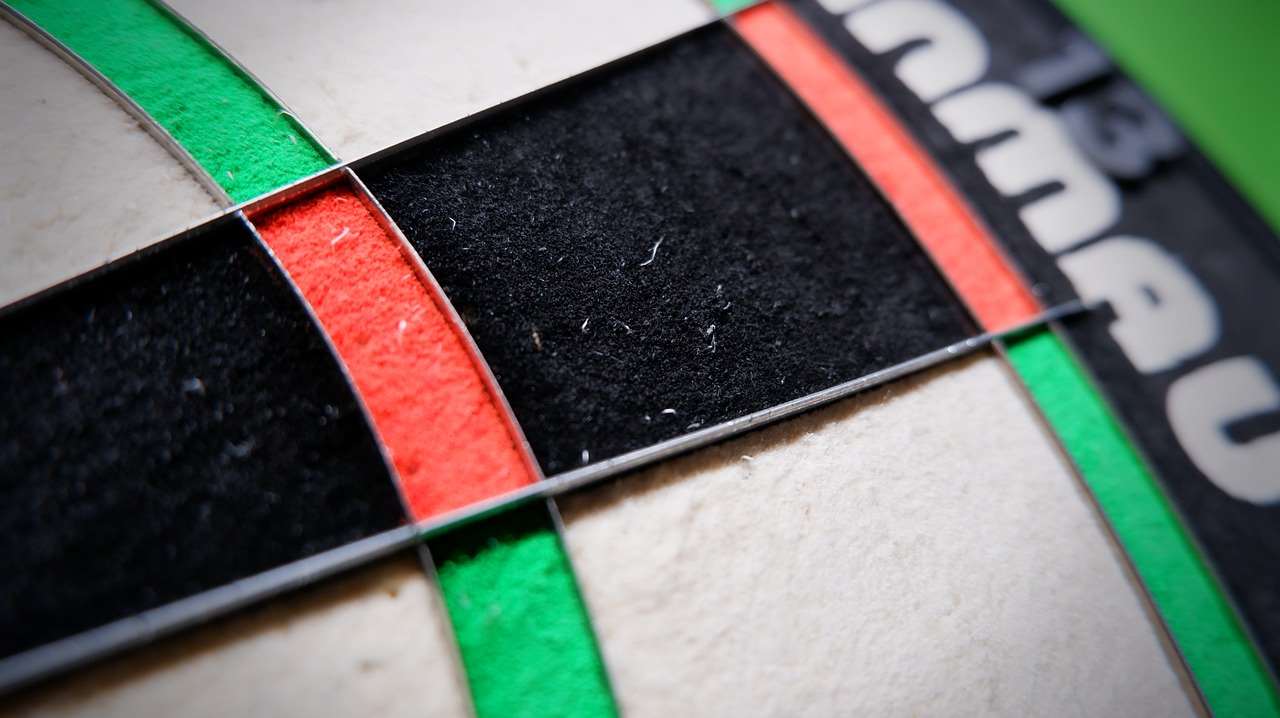
We’ve discussed the importance of proper warm-up and cool-down routines, but it’s also crucial to address the issue of fatigue. Fatigue in dart players research highlights the significant impact of fatigue on both performance and injury risk. Implementing strategies to combat fatigue, such as hydration and rest, is crucial to long-term health and injury prevention.
Fitness and Conditioning
Beyond the specific aspects of dart throwing, maintaining overall fitness plays a significant role in preventing injury at oche. Regular exercise helps to strengthen muscles, improve flexibility, and enhance balance, all of which contribute to a reduced risk of injury. Consider incorporating exercises that target your core strength, shoulder stability, and arm strength. This will improve your posture, throwing technique, and overall physical condition.
Strength training, specifically tailored to dart players, can be immensely beneficial. However, ensuring the right balance is key. Instead of focusing on raw strength, prioritize exercises that improve muscular endurance and stability. These include exercises like planks, push-ups, and dumbbell rows. Remember that consistency is key; even short, regular workouts can have a significant impact.
Exploring cross-training for injury prevention can diversify your training routine, enhancing overall fitness while decreasing your chances of overuse injuries associated with repetitive dart throwing motions. It’s also important to incorporate cardiovascular exercise to improve overall stamina and reduce fatigue.
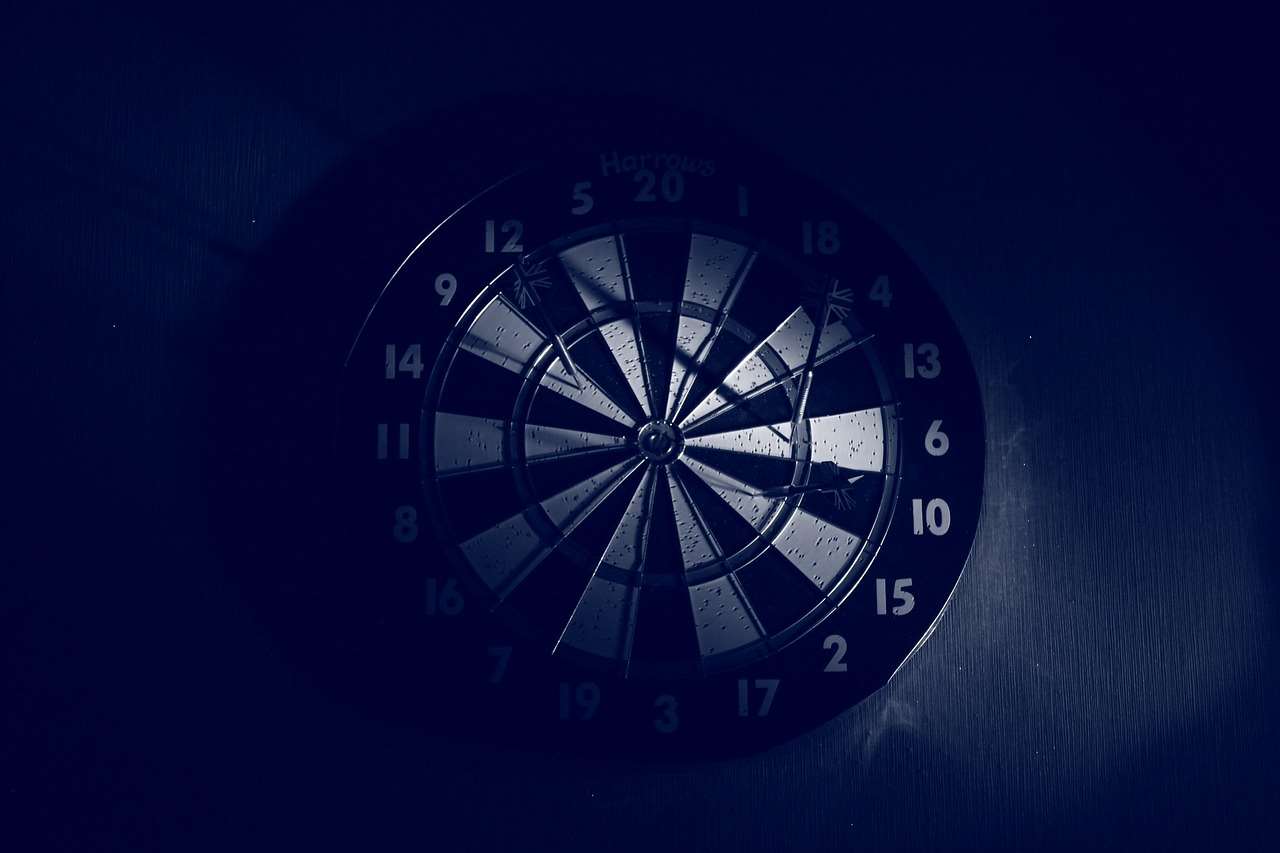
For those interested in incorporating weight training into their routine, understanding weightlifting for darts is important. Focus on functional strength exercises that support your dart throwing technique, and always remember to consult a fitness professional before starting any new weight training program to ensure you’re lifting correctly and safely.
Mental Preparation and Stress Management
The mental aspect of the game is often overlooked, but mental preparedness is just as crucial as physical preparedness in preventing injury at oche. Stress, anxiety, and tension can significantly impact your posture, technique, and overall performance, increasing your risk of injury. Practicing mindfulness, deep breathing exercises, or meditation can significantly help in managing stress levels and improving your focus.
Incorporating techniques like breathing for mental clarity darts can improve your focus and reduce tension, leading to better posture and technique. A relaxed and focused mind allows for smoother movements and a more controlled throw, thus lowering your risk of injury. Remember, mental wellbeing and physical health are intrinsically linked. Taking care of your mental health is a crucial aspect of preventing injury at oche.
Fatigue often leads to poor performance and increased risk of injuries. Therefore, managing fatigue and mental toughness darts is important. Adequate rest, proper nutrition, and hydration are all key components in combating fatigue and maintaining peak performance. Remember, listening to your body is essential. If you’re feeling fatigued, take a break.
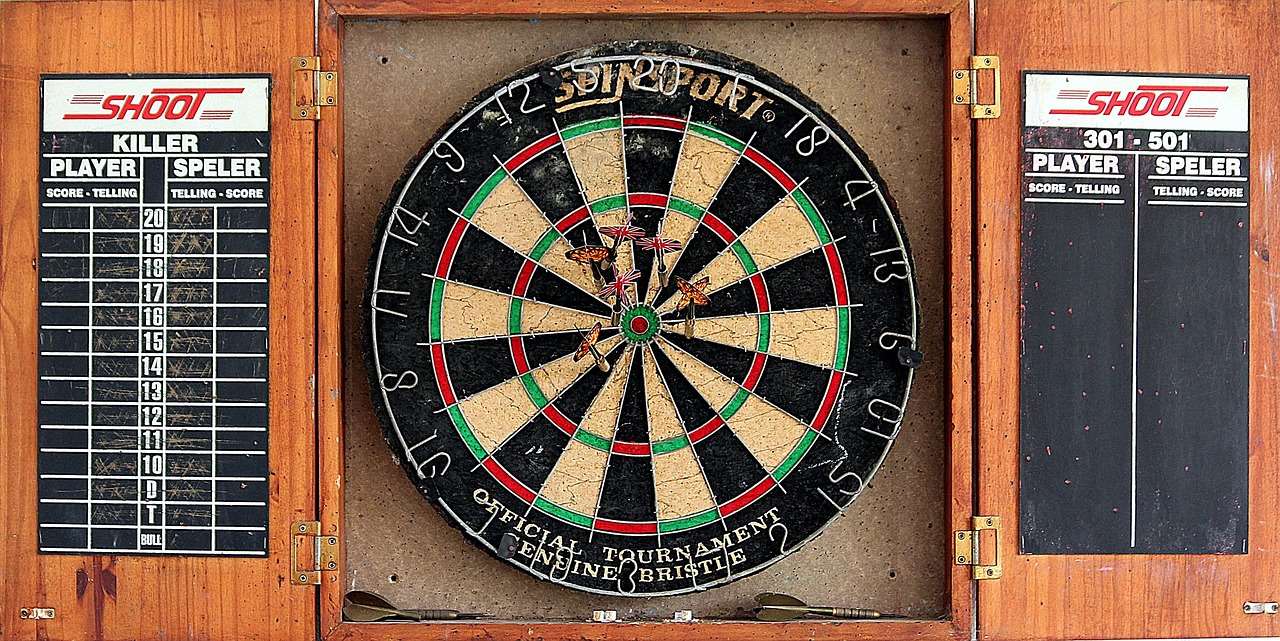
Healthy Lifestyle Choices
A holistic approach to wellness significantly impacts injury prevention. Adopting healthy lifestyle choices goes beyond just physical exercise. Prioritizing proper nutrition, sufficient sleep, and stress management are all essential factors that contribute to overall health and resilience, thereby reducing the risk of injury. A balanced diet provides the necessary nutrients for muscle repair and recovery, while adequate sleep allows your body to fully rest and repair itself.
Conclusion
Preventing injury at oche requires a multifaceted approach. By focusing on proper posture, technique, and preparation, and by implementing the advice outlined in this article, you can significantly minimize your risk of injury. Remember that consistency is key—regular practice, attention to detail, and a holistic approach to health will contribute greatly to your enjoyment and longevity in the sport. By addressing both physical and mental aspects, you can enjoy a long and injury-free dart-throwing career. Don’t hesitate to seek professional advice from a coach or physical therapist if you have any concerns. Darts Fitness Health is a great resource for more information and support. Let’s aim for a safer and more enjoyable dart-throwing experience for everyone!
Hi, I’m Dieter, and I created Dartcounter (Dartcounterapp.com). My motivation wasn’t being a darts expert – quite the opposite! When I first started playing, I loved the game but found keeping accurate scores and tracking stats difficult and distracting.
I figured I couldn’t be the only one struggling with this. So, I decided to build a solution: an easy-to-use application that everyone, no matter their experience level, could use to manage scoring effortlessly.
My goal for Dartcounter was simple: let the app handle the numbers – the scoring, the averages, the stats, even checkout suggestions – so players could focus purely on their throw and enjoying the game. It began as a way to solve my own beginner’s problem, and I’m thrilled it has grown into a helpful tool for the wider darts community.